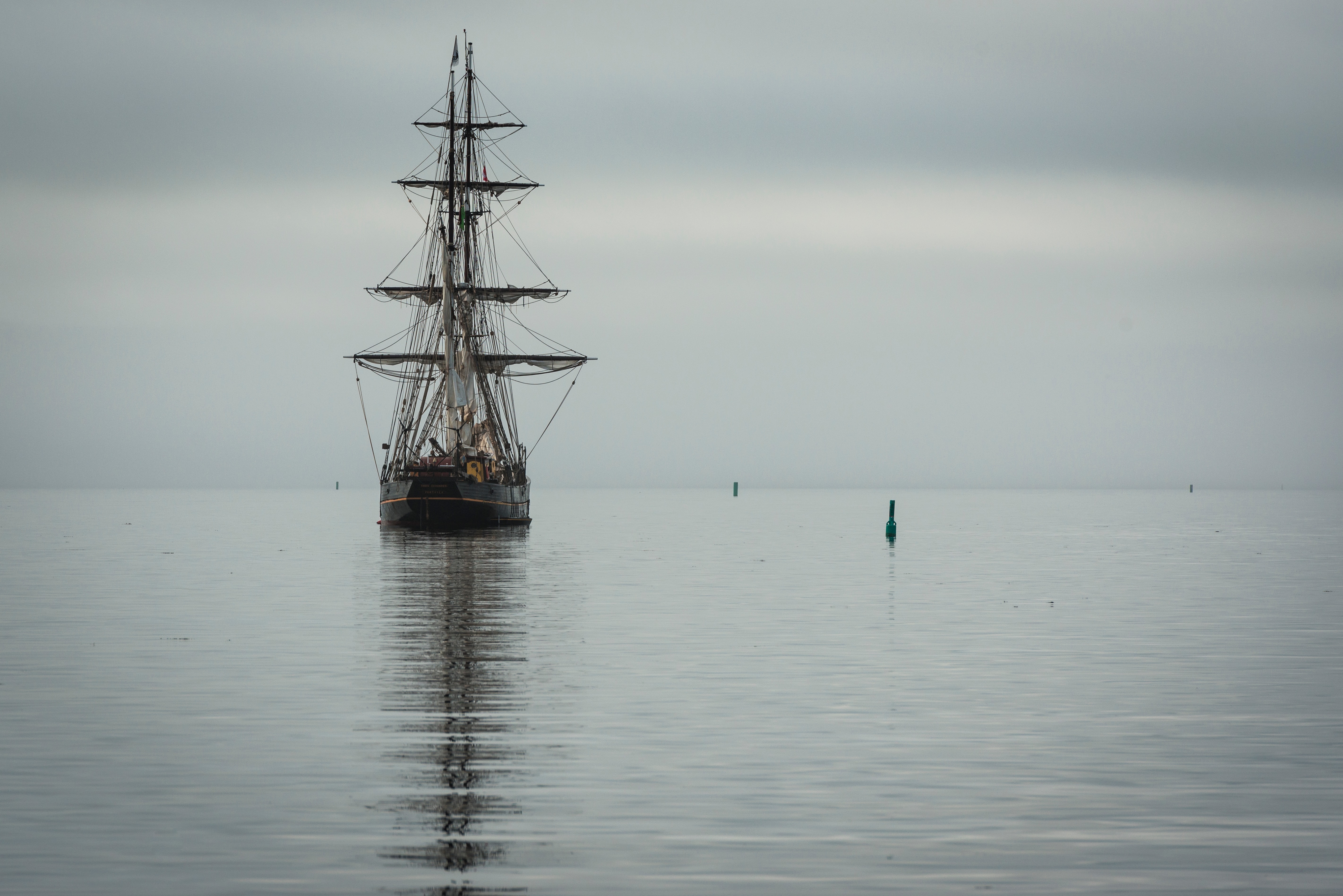Boats have been used transportation and recreation for thousands of years. From the earliest boats made from hollowed-out tree trunks to the high-tech vessels of today, the history of boat building is a fascinating story that continues to develop as new techniques and materials emerge.
In this article, we will explore this rich history and showcase unique boats from specific periods.
Ancient Times
The earliest boats were made from readily available materials, such as hollowed-out tree trunks and animal hides, and were powered by oars or paddles. These simple vessels were likely used for transportation and fishing. Over time, boat design and construction evolved with the introduction of new materials and the development of new propulsion methods.
Egyptian Ships
The ancient Egyptians were shipbuilding pioneers. Their earliest depictions of boats can be found on vases and graves dating back over 6,000 years. They relied heavily on the Nile River and used their ships to trade with other countries around the Mediterranean Sea.
Greeks and Phoenicians Galleys
Greeks and Phoenicians both used galleys, a type of ancient ship, for various activities.
In ancient Greece, they were primarily used for commerce and military purposes. The most famous type of Greek galley was the trireme, a three-tiered ship equipped with oars and sails.
The Phoenicians, known for their seafaring skills, used galleys for trade and commerce purposes, helping to dominate trade routes in the Mediterranean. Phoenician galleys were equipped with oars and sails and could carry large cargo loads.
The Middle Ages
The development of ships during the Middle Ages played a significant role in shaping the economy, politics, and culture of the time. Boats became larger and more seaworthy as shipwrights developed new techniques for building stronger vessels.
Viking Longships
In Europe, Viking longships were used for exploration, trade, and raiding. These ships were slender, lightweight, and highly maneuverable, making them well-suited for long voyages across the open ocean and for navigating shallow waters. They were propelled by both oars and sails, allowing them to be rowed or sailed, depending on the conditions.
Italian Ships
During the Middle Ages, Italian shipwrights were known for their expertise in constructing ships for trade and warfare. They designed and built merchant galleys, which were used for trade, and war galleys, which were used for military purposes. These ships were also propelled by oars and sails and were equipped with various weapons, including catapults, ballistae, and rams.
Byzantine Galleys
Galleys played a crucial role in the growth and expansion of the Byzantine Empire. They were used in battles across the Mediterranean and played a significant role in maintaining Byzantine naval dominance in the region. Galleys were also used to transport goods along the coasts and across the Aegean and Mediterranean seas.
The Age of Discovery
The Age of Discovery marked a new era in the history of boat building and design. The development of new types of boats prompted a surge in maritime exploration.
Caravels
Caravels were small and highly maneuverable ships used to explore and map new territories. They were equipped with both oars and sails and had a shallow draft, making them ideal for navigating shallow waters and uncharted shores.
Galleons
Galleons were larger ships the Portuguese and Spanish used to establish trade routes and expand their empires.
Frigates
Frigates were fast, lightly armed ships used to pursue enemy ships and protect merchant ships.
The Industrial Revolution
The Industrial Revolution marked ??the development of steam engines and the introduction of iron and steel shipbuilding, revolutionizing transportation and trade.
Steamships
Steam-powered boats became increasingly popular during this time, replacing traditional sail-powered ships. They were faster, more reliable, and had larger cargo capacity. This made international trade more efficient and helped grow the global economy.
Paddle Steamers
In addition to steamships, the Industrial Revolution also saw the development of a new type of ship, the paddle steamer. It was equipped with paddles that were powered by steam engines, making them faster and more reliable than traditional paddle boats. The paddle steamer was widely used for transportation along rivers and coastal areas.
Modern Times
Today, boats are made from a wide range of materials, including wood, metal, and composites, and are powered by various engine types. The development of new technologies and materials has led to the creation of larger, more efficient vessels - from containerships and cruise ships to recreational boats (i.e., yachts, fishing boats, and personal watercraft).

